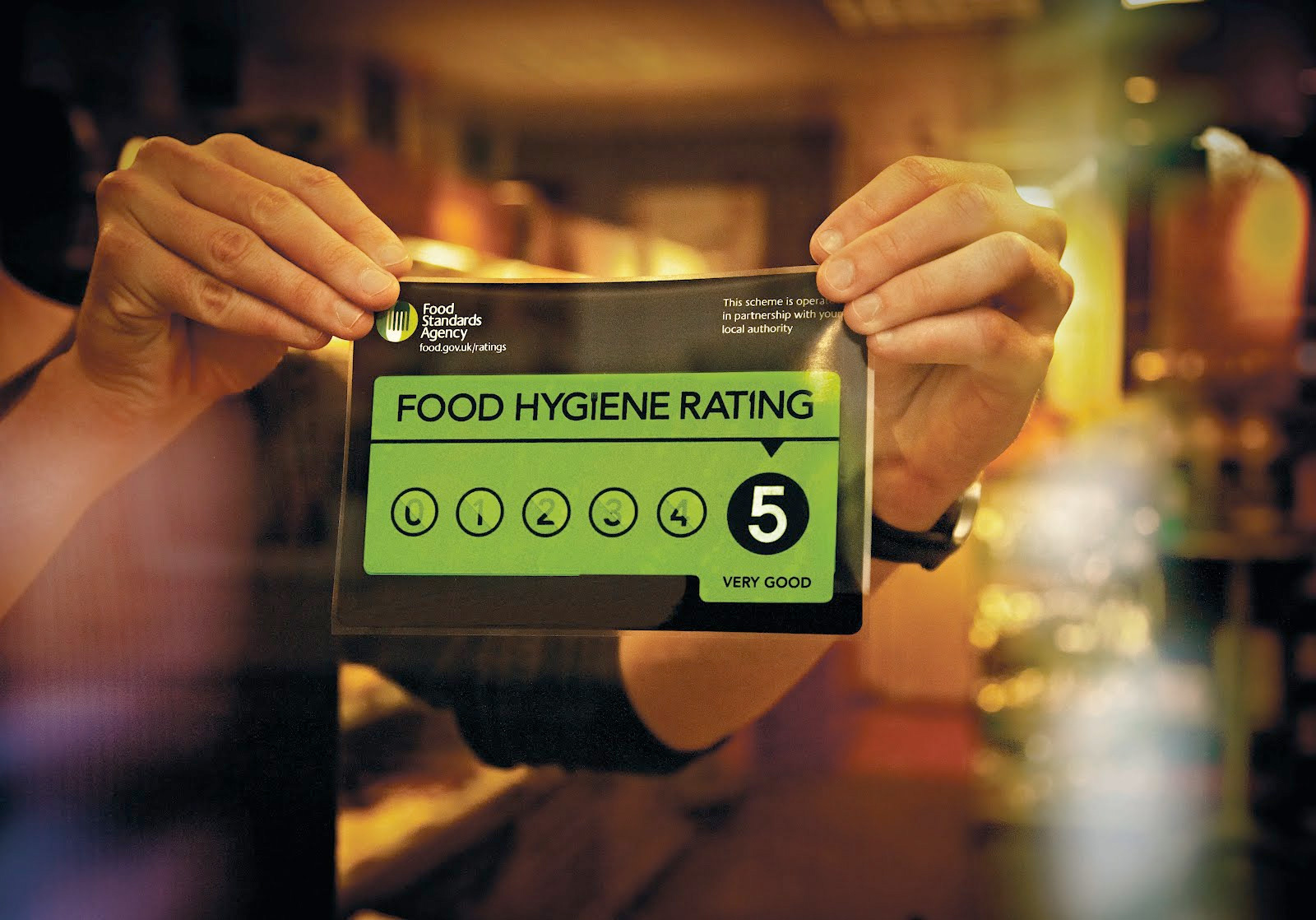Hands
Hands
Hands are the main vehicle for transferring food poisoning bacteria to high-risk food. For this reason, hands should be kept clean and washed frequently throughout the day and especially:
- after visiting the toilet (toilet paper is porous);
- on entering the food room, after a break and before handling any food or equipment;
- after dealing with a ill customer or a baby’s nappy;
- between handling raw food, such as poultry, red meat, eggs or shellfish, and handling ready-to-eat food;
- after changing or putting on a dressing;
- after cleaning up animal faeces (guide dog or guard dog) or handling boxes contaminated with bird droppings;
- after combing or touching hair, nose, mouth or ears;
- after eating, smoking, coughing or blowing nose;
- after handling external packaging or flowers;
- after handling waste food or refuse; and
- after cleaning, or handling dirty cloths, crockery ect.
ADD PHOTO OF A PERSON BLOWING THEIR NOSE
The correct hand washing procedure is essential. Around 3 to 5 ml of liquid soap should be applied to we hands. A good lather should be produced by rubbing the hands and finger tips together. Between the fingers, around the thumbs and wrists should be thoroughly lathered for about 20 seconds. Special attention should be paid to the fingertips and nails. The lather should be rinsed off in warm flowing water at around 43° C.
Efficient drying of the hands with a clean disposable paper towel will reduce the number of bacteria even more. A paper towel may be used to turn off the tap, if it is not infrared or knee operated. Sufficient lather, friction and warm running water are the essential features to removing transient bacteria from the hands. Some warm air driers are very slow which results in staff leaving the toilet with wet hands or not remove bacteria from the hands.
A soft nailbrush must be used to remove bacteria from the fingertips and under the fingernails after using the toilet, cleaning up vomit or faeces material, changing a dressing or handling raw poultry or meat before handling high-risk food. Excessive use of a stiff nail brush and bactericidal soap both increase the risk of dermatitis. Gloves are often defective or abused and not necessary in most food handling situations. If disposable gloves are used in very high-risk situations the hands should be washed before putting on the gloves and after taking them off. The gloves should be discarded frequently and immediately if damaged.
As fingernails may harbour dirt and bacteria, they must be kept short and clean. To prevent physical contamination of food, false nails should not be worn. Nail varnish may chip and contaminate food and should not be used. Persons who continually put their fingers in their mouth, for example, nail biters should not be employed as food handlers because of the risk of contaminating food with Staphylococcus aureus.
As far as practicable, the best policy is to avoid handling food by using hygienic utensils and equipment, such as serving tongs, trays and plates which are carried by the rim. Furthermore, the hands should not come into contact with the parts of the glasses, cups, spoons, ect, that will end up in the customers mouth.
The food Standards Agency advise that the use of separate packs of disposable gloves for different activities will assist with cross-contamination controls, although many food safety experts advise that in practise this may not be the case and that frequent and effective hand washing and a good food safety culture are much more important. The food Standards Agency also warns of the potential for cross-contamination from E.coli O157 from touching objects such as door handles, telephones, cash registers, light switches and even money and pens. Where hygienic hands rubs are used, Food Business Operators (FBO’s) should ensure the products conform to standards BS EN 1500.

